2 weeks travel
Discovering the Heart of Japan:
A Two-Week Journey Through Tradition and Modernity
2 weeks travel
Discovering the Heart of Japan:
A Two-Week Journey Through Tradition and Modernity
Embarking on a two-week adventure in Japan offers the perfect blend of tradition, modernity, natural beauty, and cultural immersion. From the vibrant streets of Tokyo to the serene temples of Kyoto, this itinerary guides you through the essence of Japan, making every moment memorable.
Day 1-4
Tokyo - The Modern Metropolis
Day 1: Arrive in Tokyo, the bustling heart of Japan. Explore the neighborhoods of Shinjuku and Shibuya, and experience the iconic Shibuya Crossing.
Day 2: Visit the historic Asakusa with Senso-ji Temple and Nakamise Shopping Street. Take a serene Sumida River cruise.
Day 3: Explore Ueno Park, home to museums, cherry blossoms, and a zoo. Discover the futuristic Odaiba district.
Day 4: Dive into Tokyo Disneyland or DisneySea for a day of magical adventures.
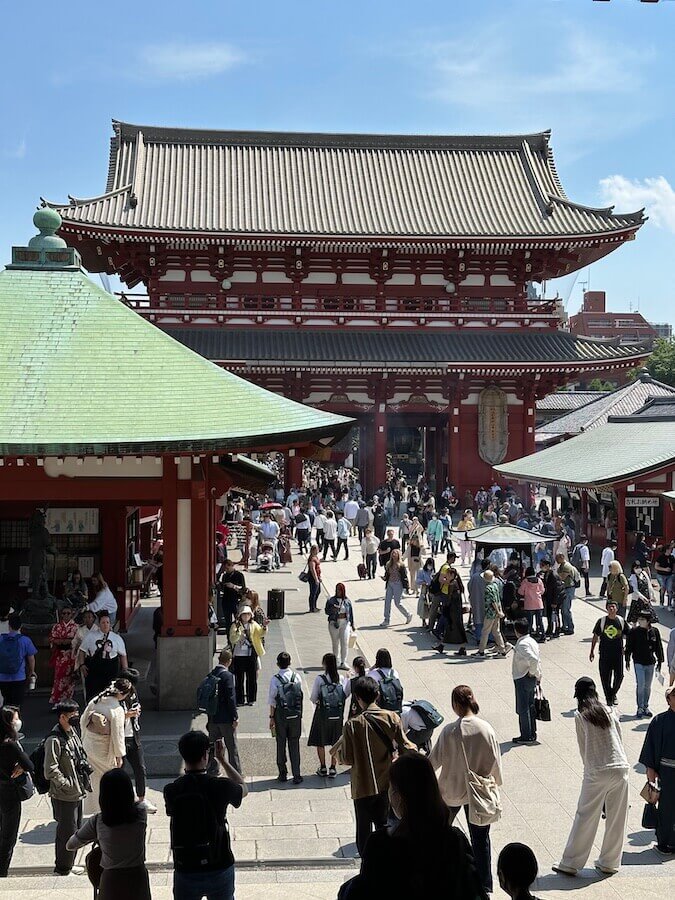


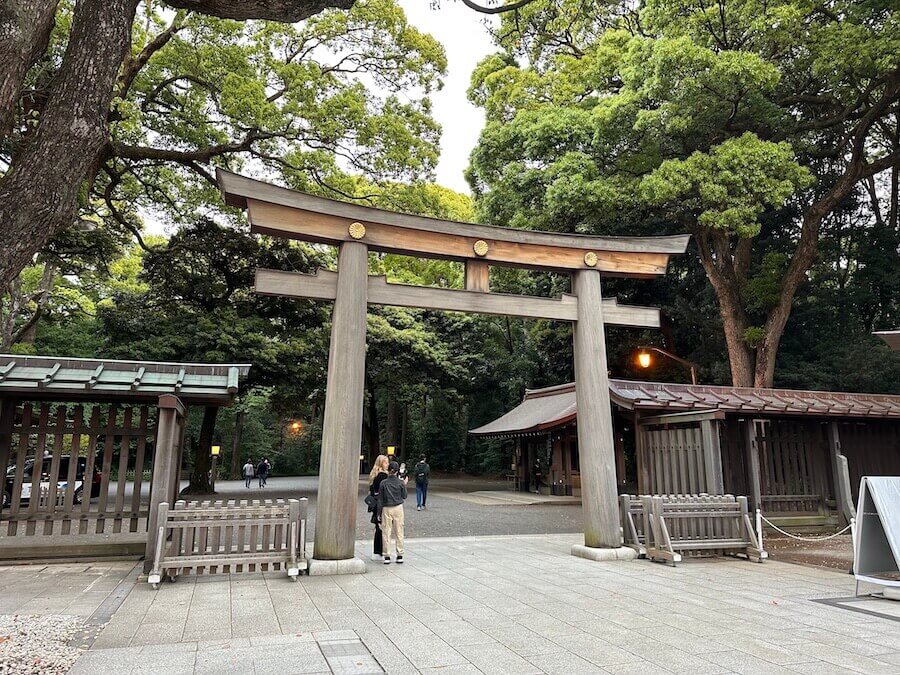






Shinjuku: Ideal for first-time visitors, Shinjuku offers a wide range of hotels, from luxury to budget. It’s a major transportation hub with easy access to various parts of the city. Shinjuku’s vibrant nightlife, shopping, and dining options make it a popular choice.
Asakusa: For a more traditional and cultural experience, consider staying in Asakusa. It’s home to Senso-ji Temple, Nakamise-dori shopping street, and offers a glimpse of historic Tokyo. Accommodations range from ryokans (traditional inns) to mid-range hotels.
Shibuya: Known for its famous crossing and youthful atmosphere, Shibuya is great for those who want to experience modern Tokyo. It’s a trendy area with excellent shopping, dining, and entertainment options.
Roppongi: Known for its nightlife, entertainment, and international dining, Roppongi is popular among expats and tourists. It has a mix of hotels, including luxury options.
Akihabara: If you’re into Japanese pop culture, Akihabara is the place to be. It’s known for electronics shops, anime stores, and maid cafes. You’ll find a range of accommodations, including budget-friendly options.
Odaiba: Odaiba is a futuristic entertainment and shopping district located on a man-made island in Tokyo Bay. It offers waterfront views and attractions like TeamLab Borderless. There are mid-range and upscale hotels in the area.
Japan is a country where tradition and modernity coexist in perfect harmony, and its natural beauty is simply awe-inspiring. A week in Japan might seem short, but with the right itinerary, you can explore the essence of this captivating nation. Here's a travel plan for a week-long adventure that will take you through Tokyo, Kyoto, and Nara.
Shinjuku: Ideal for first-time visitors, Shinjuku offers a wide range of hotels, from luxury to budget. It’s a major transportation hub with easy access to various parts of the city.
Asakusa: For a more traditional and cultural experience, consider staying in Asakusa. It’s home to Senso-ji Temple, and offers a glimpse of historic Tokyo. Accommodations range from ryokans (traditional inns) to mid-range hotels.
Shibuya: Known for its famous crossing and youthful atmosphere, Shibuya is great for those who want to experience modern Tokyo. It’s a trendy area with excellent shopping, dining, and entertainment options.
Roppongi: Known for its nightlife, entertainment, and international dining, Roppongi is popular among expats and tourists.
Akihabara: If you’re into Japanese pop culture, Akihabara is the place to be. It’s known for electronics shops, anime stores, and maid cafes.
Odaiba: Odaiba is a futuristic entertainment and shopping district located on a man-made island in Tokyo Bay. It offers waterfront views and attractions like TeamLab Borderless.
Day 5-7
Hakone and Mount Fuji - Natural Beauty
Day 5: Travel to Hakone. Soak in an onsen (hot spring) and explore Hakone Open-Air Museum.
Day 6: Take a scenic cruise on Lake Ashi, followed by a cable car ride with panoramic views of Mount Fuji.
Day 7: Head to Gotemba Premium Outlets for shopping before traveling to Kyoto.
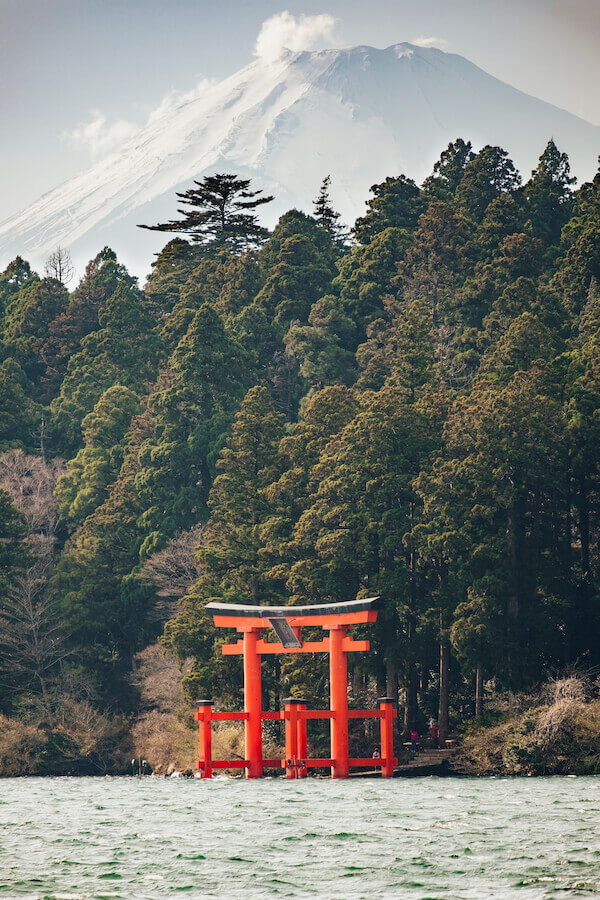
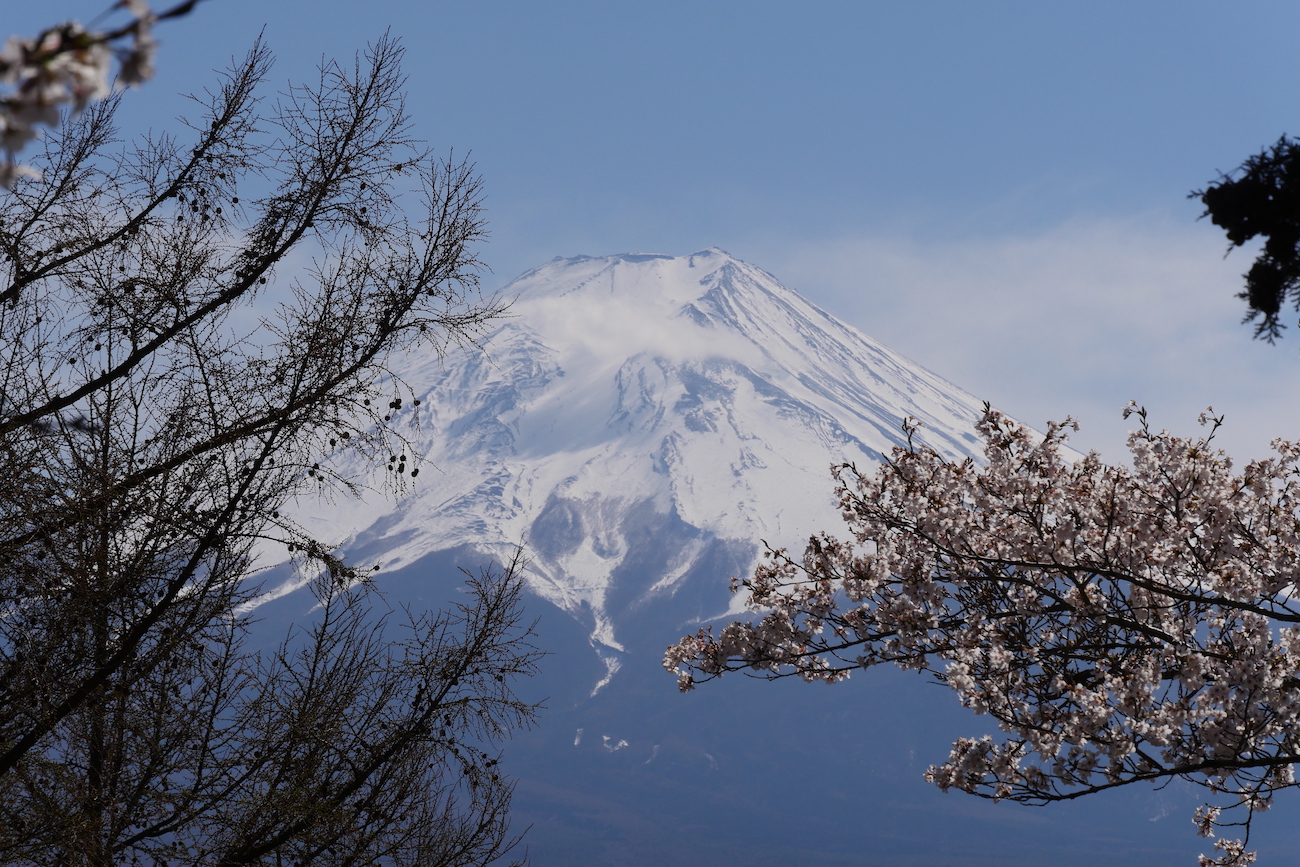
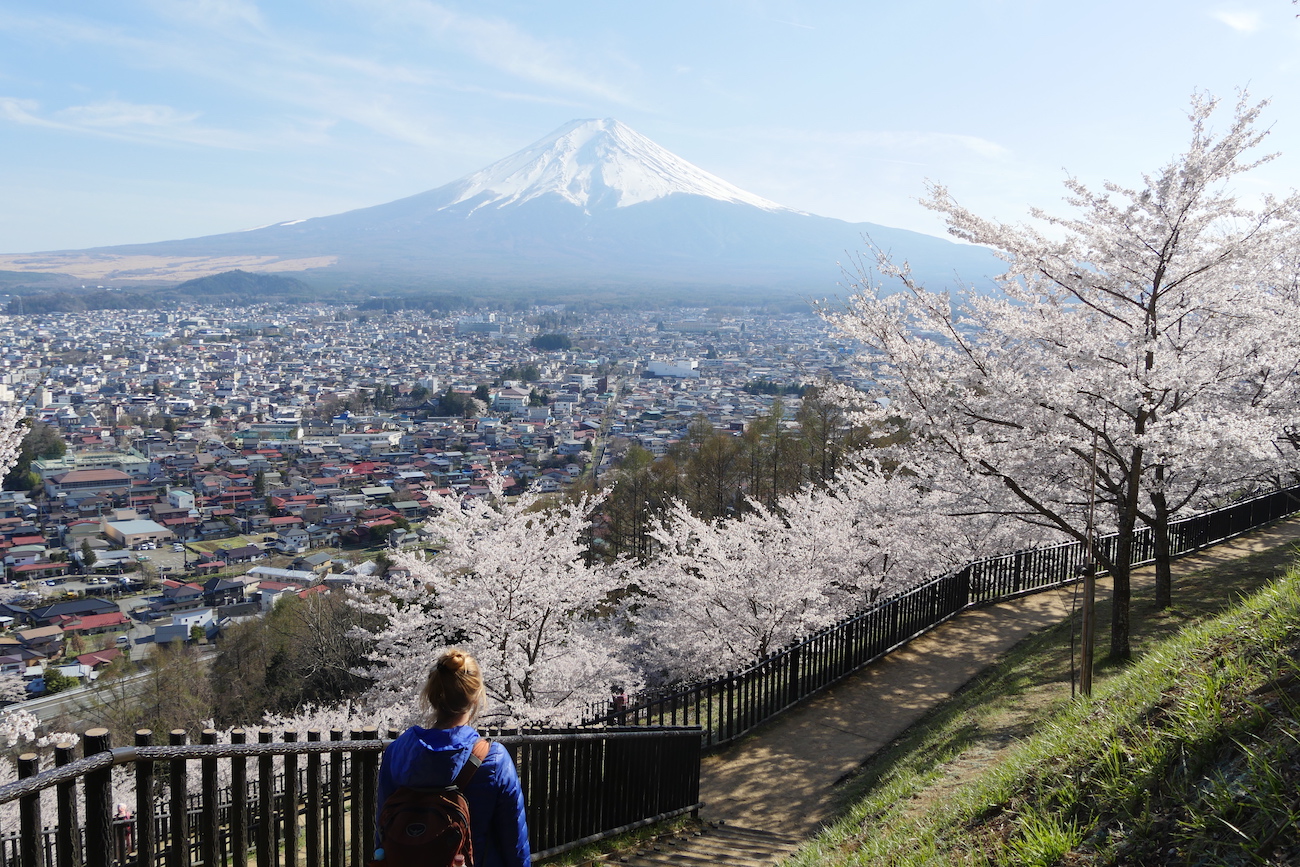
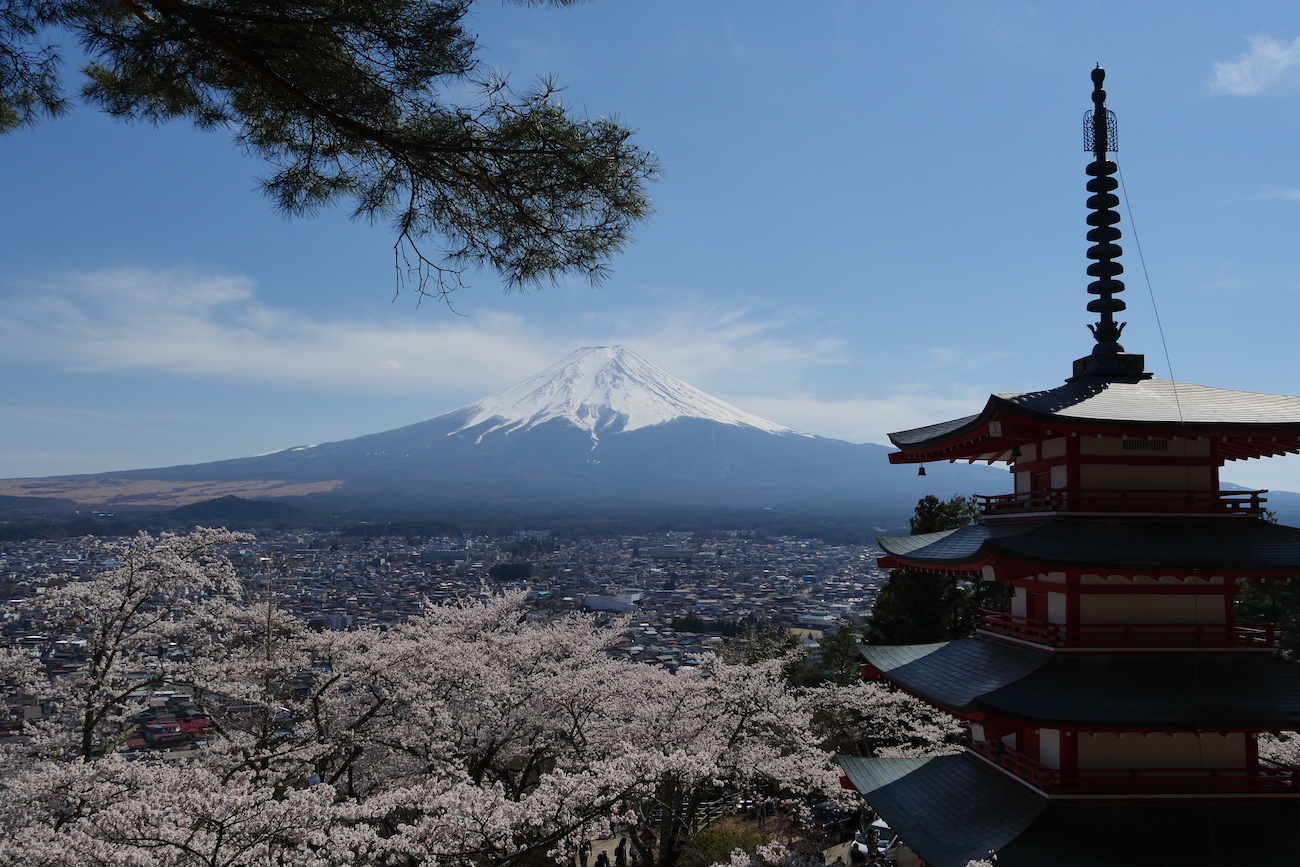
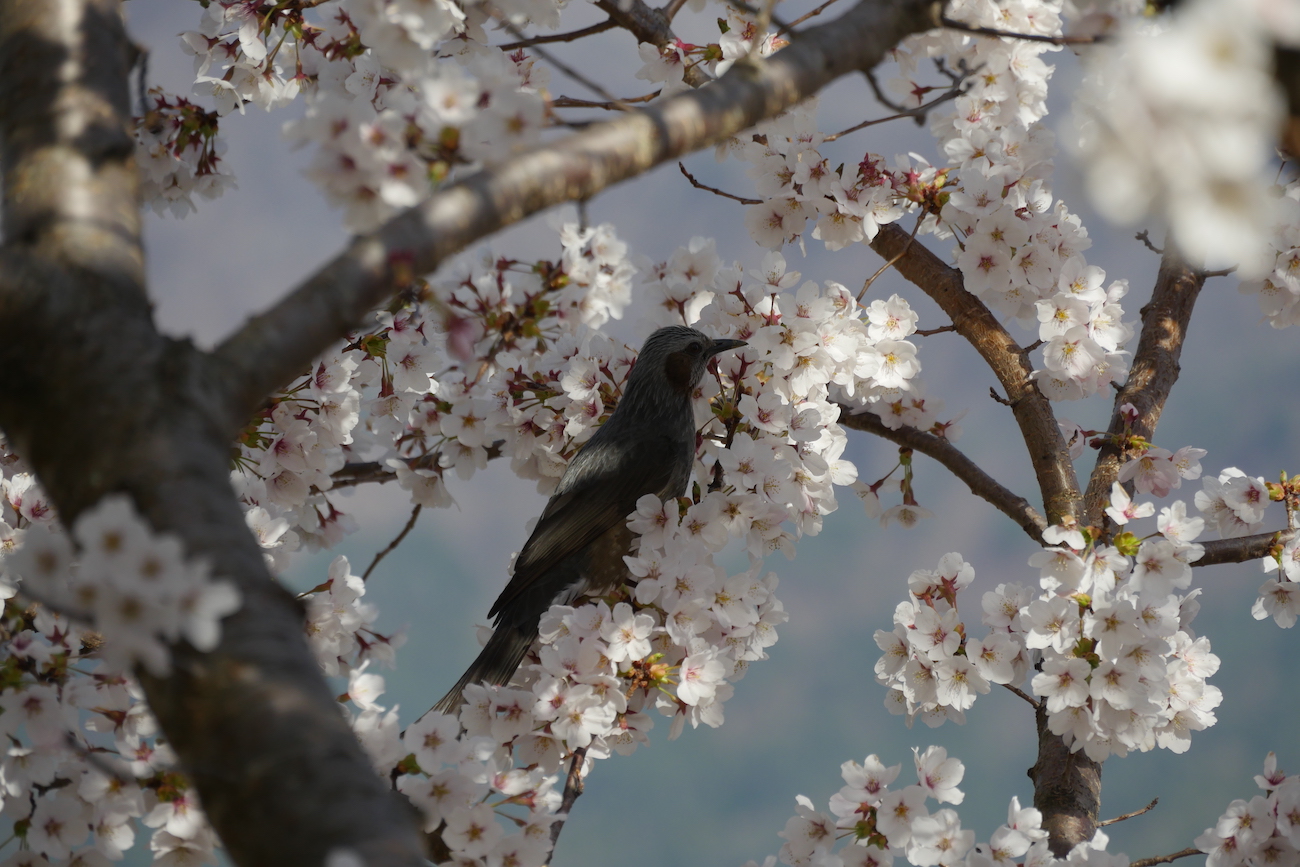





The Shinkansen – A Journey of Speed and Comfort:
Japan’s Shinkansen is a symbol of punctuality and speed. With trains reaching up to 200 miles per hour (320 km/h), it’s not just a mode of transport; it’s an experience. Travelers can purchase Japan Rail Passes to explore multiple regions via the Shinkansen and save on transportation costs.
JR Pass – Your Ticket to Japan:
The Japan Rail Pass offers tourists unlimited travel on Japan Railways (JR) lines, including the Shinkansen. It’s a cost-effective way to explore multiple cities and regions, providing flexibility and convenience.
Subway Systems – Navigating Urban Centers:
Japan’s cities are known for their efficient subway systems. Tokyo, Osaka, and Kyoto have extensive networks, making it easy to explore the city’s attractions. The Japan Rail Pass does not cover subways, so it’s advisable to purchase local subway passes or IC cards for convenience.
IC Cards – The Ultimate Convenience: IC cards like Suica, Pasmo, and ICOCA are the key to seamless travel within cities. They can be used on subways, buses, and even for shopping, making it incredibly convenient for travelers.
Buses – Covering the Gaps: While trains are the primary mode of long-distance travel, buses provide access to destinations that might not be directly reachable by train. Expressway buses offer comfortable journeys, and highway bus terminals are well-equipped for travelers.
Taxis – A Luxurious Option: Taxis are readily available but can be pricey. They are most useful when navigating smaller towns or reaching destinations not served by public transport.
Travel Tips:
- JR Pass Activation: Activate your Japan Rail Pass as soon as you arrive in Japan. It’s not available for purchase within the country.
- Hyperdia and Google Maps: Utilize these apps for easy navigation. Hyperdia provides real-time train schedules and platform information.
- Seat Reservations: If you prefer reserved seating on the Shinkansen, consider booking in advance.
The Shinkansen – A Journey of Speed and Comfort: Japan’s Shinkansen is a symbol of punctuality and speed. With trains reaching 320 km/h, it’s not just a mode of transport; it’s an experience. Travelers can purchase Japan Rail Passes to explore multiple regions.
JR Pass – Your Ticket to Japan: The Japan Rail Pass offers tourists unlimited travel on Japan Railways (JR) lines, including the Shinkansen. It’s a cost-effective way to explore multiple cities and regions, providing flexibility and convenience.
Subway Systems – Navigating Urban Centers: Japan’s cities are known for their efficient subway systems. The Japan Rail Pass does not cover subways, so it’s advisable to purchase local subway passes or IC cards for convenience.
IC Cards – The Ultimate Convenience: IC cards like Suica, Pasmo, and ICOCA are the key to seamless travel within cities. They can be used on subways, buses, and even for shopping.
Buses – Covering the Gaps: While trains are the primary mode of long-distance travel, buses provide access to destinations that might not be directly reachable by train. Expressway buses offer comfortable journeys, and highway bus terminals are well-equipped for travelers.
Travel Tips:
- JR Pass Activation: Activate your Japan Rail Pass as soon as you arrive in Japan. It’s not available for purchase within the country.
- Hyperdia and Google Maps: Utilize these apps for easy navigation. Hyperdia provides real-time train schedules and platform information.
- Seat Reservations: If you prefer reserved seating on the Shinkansen, consider booking in advance.
Day 8-11
Kyoto - The Cultural Capital
Day 8: Start with Kinkaku-ji (Golden Pavilion) and Ryoan-ji's Zen garden. Explore the Arashiyama Bamboo Grove.
Day 9: Visit Fushimi Inari Shrine and its iconic torii gates. Experience traditional tea ceremony in Gion.
Day 10: Explore Higashiyama's historic streets, Kiyomizu-dera Temple, and Yasaka Shrine.
Day 11: Day trip to Nara to see friendly deer and Todai-ji Temple's massive Buddha.
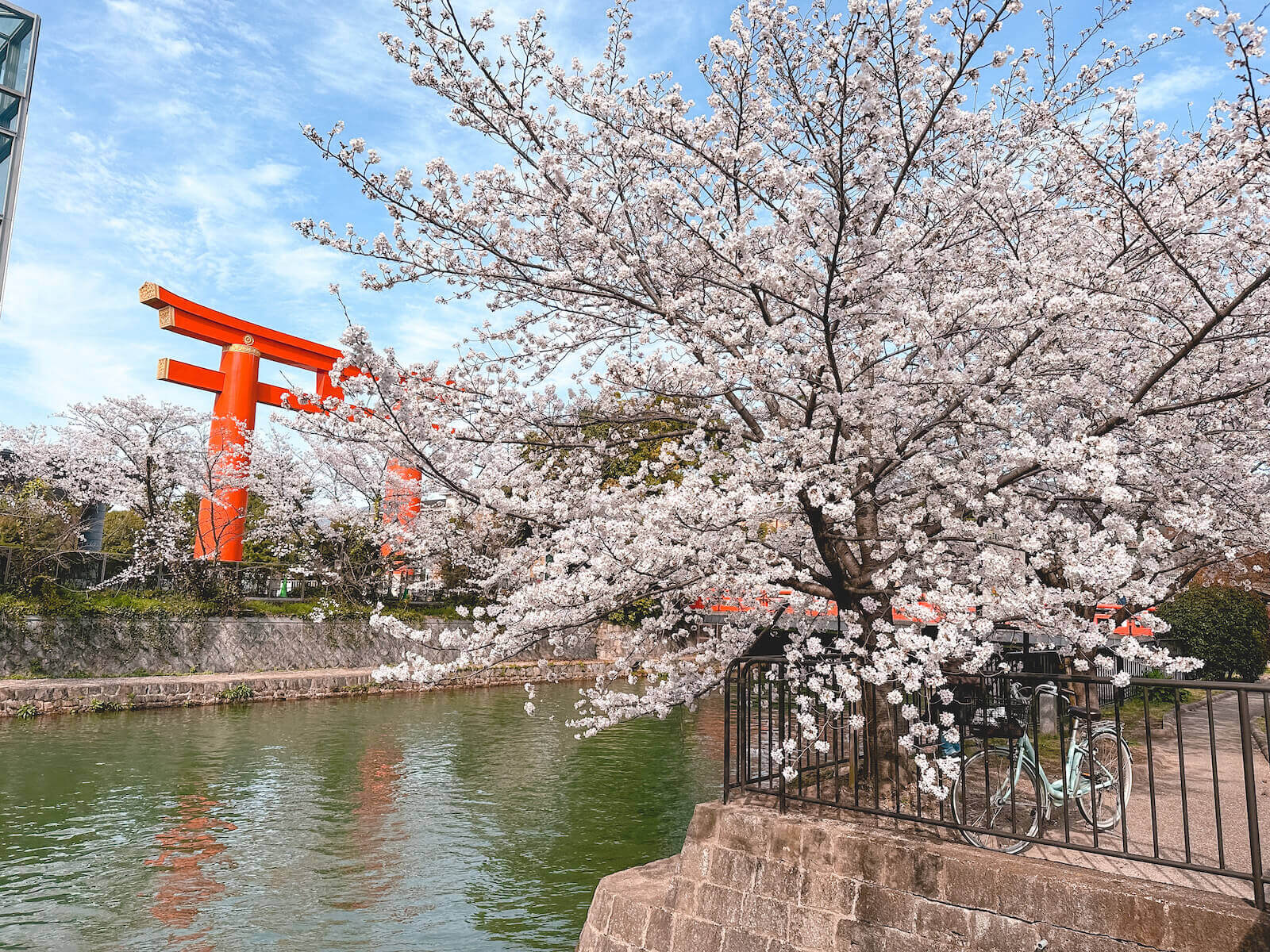
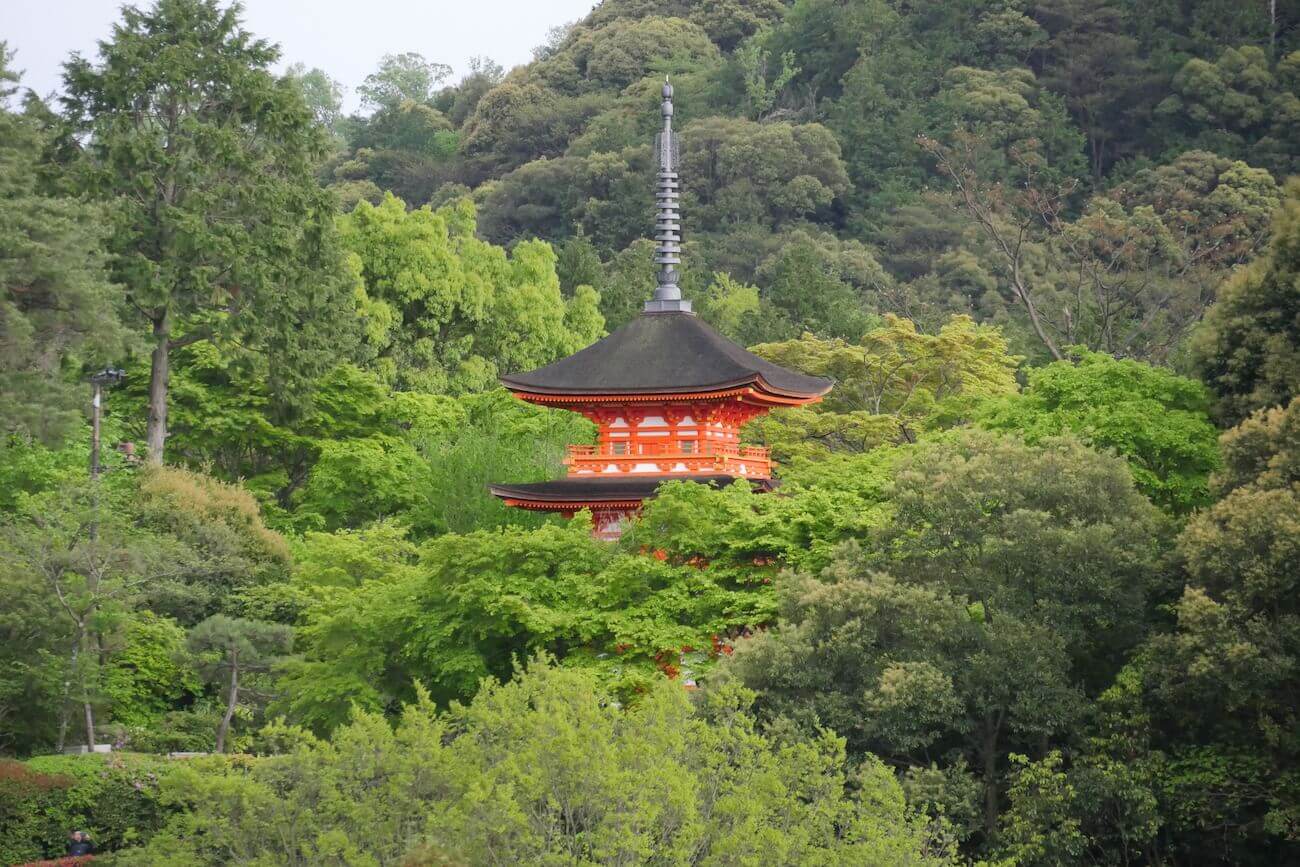
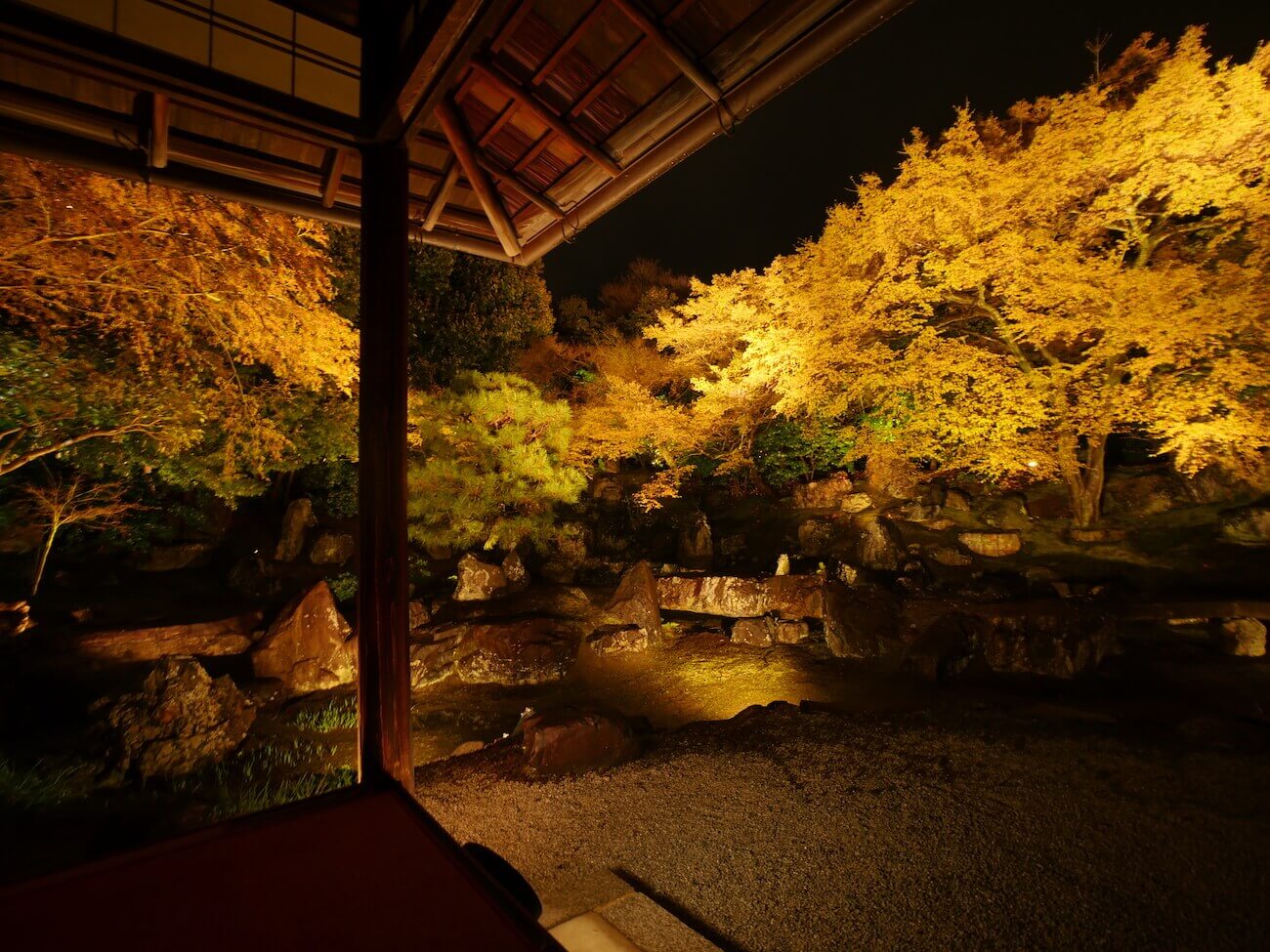
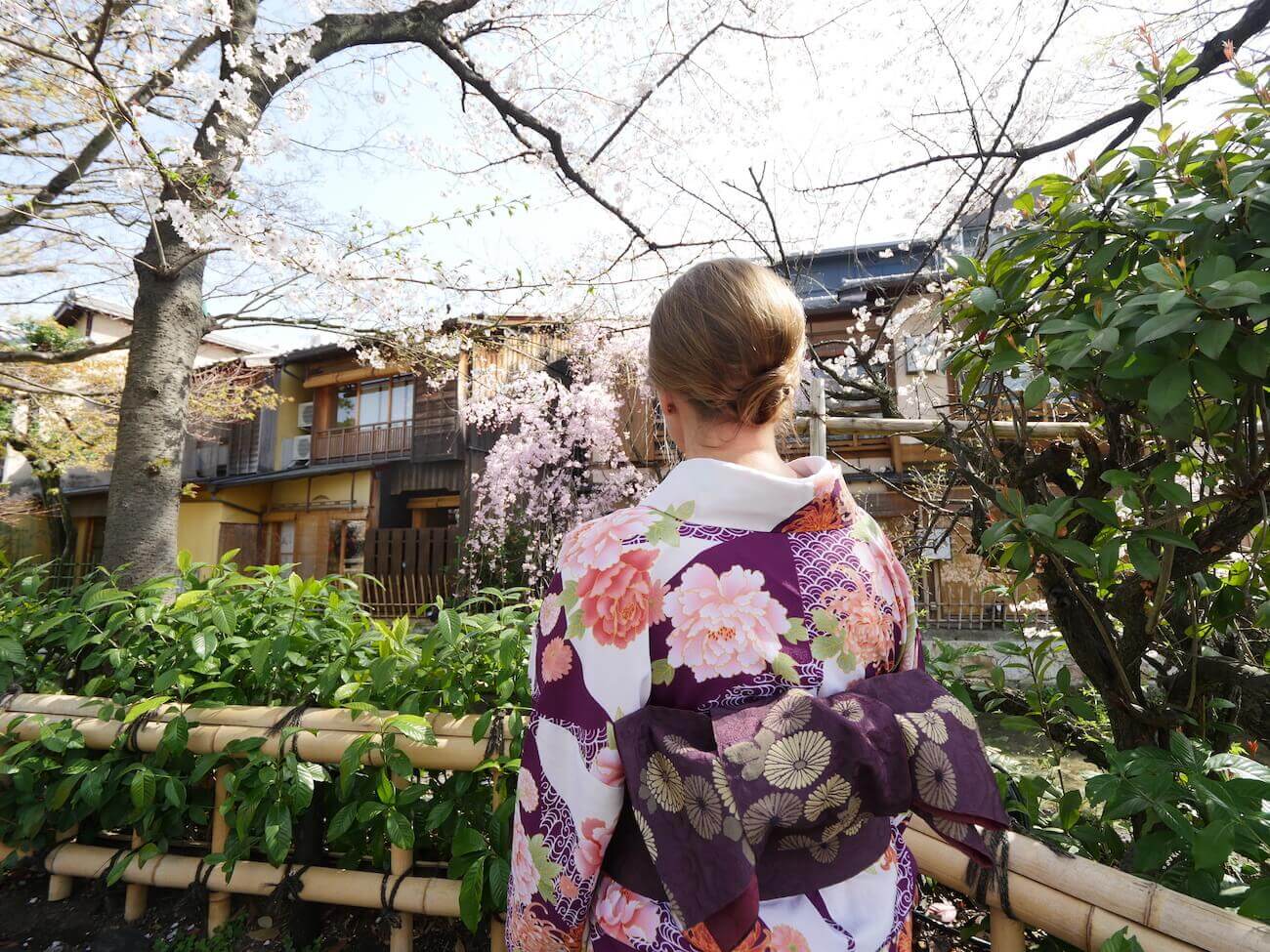
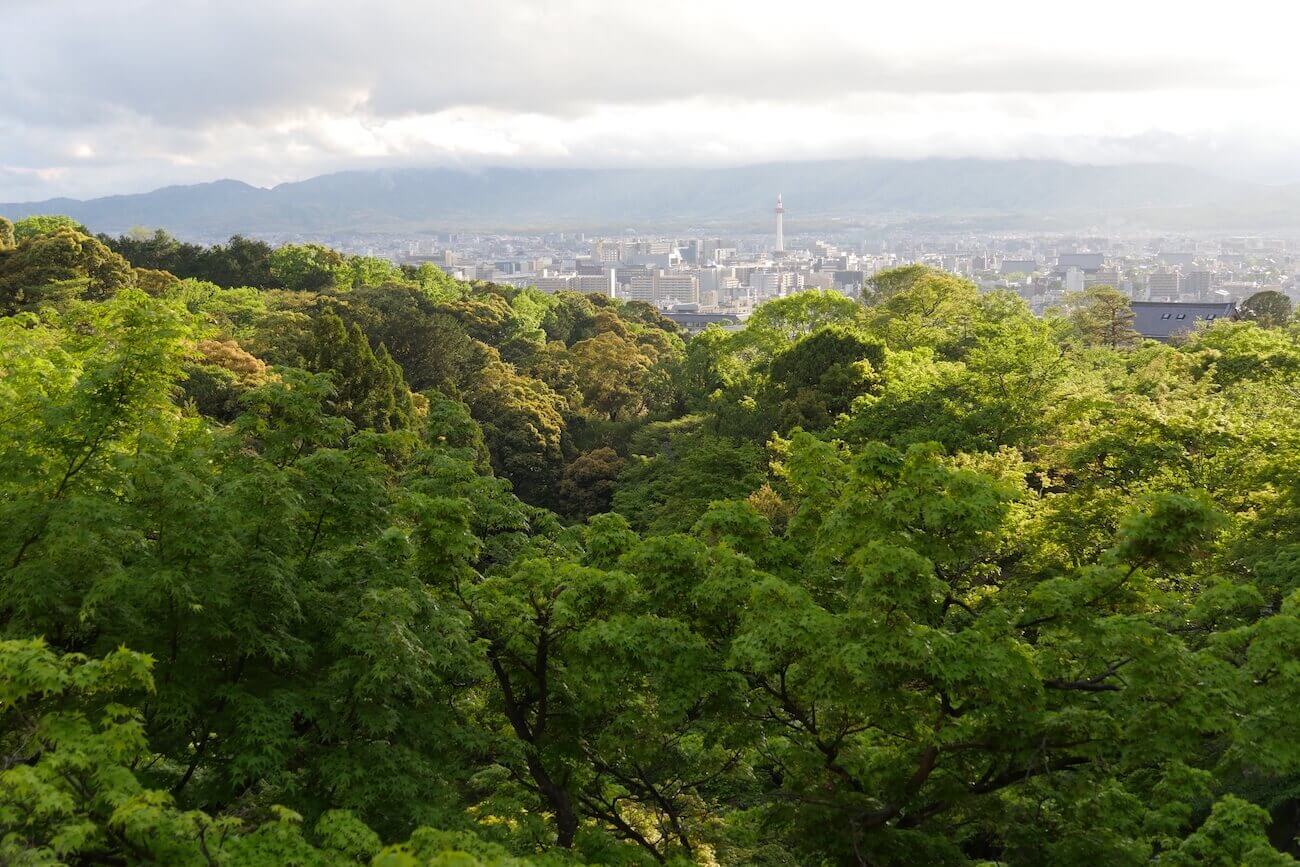
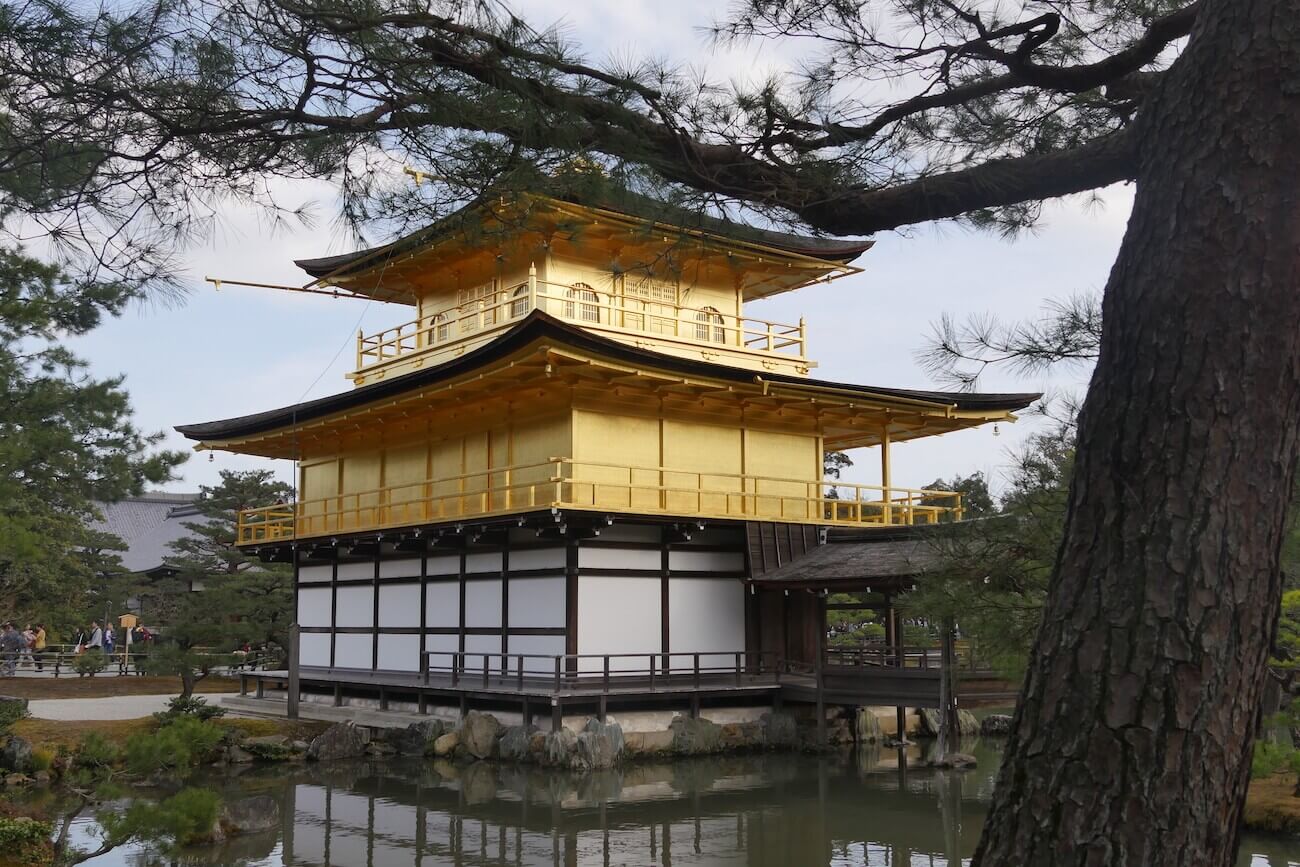
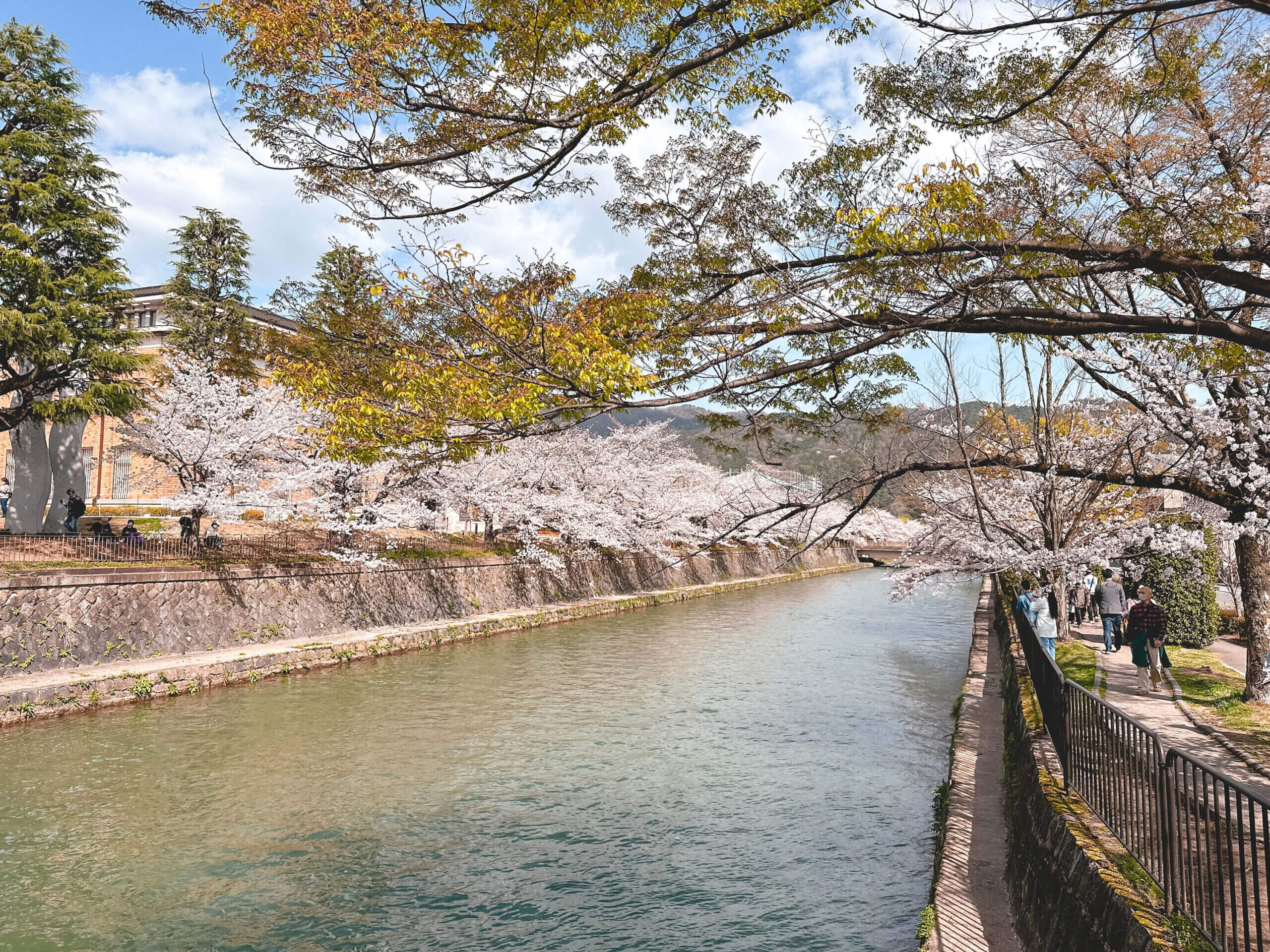







Kyoto boasts a range of international and boutique hotels. Places like The Ritz-Carlton Kyoto and Hotel The Celestine Kyoto Gion combine luxury with proximity to major attractions.
Guesthouses – Budget: For the budget-conscious traveler, guesthouses and hostels are ideal. The Gojo Guesthouse and Kyoto Hostel Rakuza provide clean and affordable options.
Luxury Onsen Resorts: Kyoto is surrounded by picturesque hot springs resorts. Staying at a luxury onsen resort like Arashiyama Benkei offers a soothing escape from the city’s hustle.
Capsule Hotels: Capsule hotels are an efficient and cost-effective option. 9 Hours and The Millennials Kyoto are modern and comfortable choices.
Gion District : Staying in Gion, Kyoto’s famous geisha district, offers a unique ambiance. Explore the area’s charming streets, teahouses, and Yasaka Shrine. Gion Hatanaka and Gion Shinmonso are top picks.
Arashiyama: The Arashiyama district is known for its bamboo grove and serene atmosphere. Stay at the Suiran, a Luxury Collection Hotel, for a tranquil riverside experience.
Downtown Kyoto: Downtown Kyoto offers vibrant nightlife and modern conveniences. The Royal Park Hotel Kyoto Sanjo and Hotel Granvia Kyoto are well-located for city exploration.
Northern Higashiyama: Immerse yourself in Kyoto’s cultural heritage in the northern Higashiyama area. Kyoto Higashiyamasou and Kiraku Kyoto Higashiyama are peaceful options.
Hotels – Modern Comfort and Convenience:
Kyoto boasts a range of international and boutique hotels. Places like The Ritz-Carlton Kyoto and Hotel The Celestine Kyoto Gion combine luxury with proximity to major attractions.
Guesthouses – Budget-Friendly Comfort:
For the budget-conscious traveler, guesthouses and hostels are ideal. The Gojo Guesthouse and Kyoto Hostel Rakuza provide clean and affordable options.
Luxury Onsen Resorts – Indulgence in Relaxation:
Kyoto is surrounded by picturesque onsen (hot springs) resorts. Staying at a luxury onsen resort like Arashiyama Benkei offers a soothing escape from the city’s hustle and bustle.
Capsule Hotels – Compact Comfort:
Capsule hotels are an efficient and cost-effective option. 9 Hours and The Millennials Kyoto are modern and comfortable choices.
Gion District – The Heart of Tradition:
Staying in Gion, Kyoto’s famous geisha district, offers a unique ambiance. Explore the area’s charming streets, teahouses, and Yasaka Shrine. Gion Hatanaka and Gion Shinmonso are top picks.
Arashiyama – Riverside Serenity:
The Arashiyama district is known for its bamboo grove and serene atmosphere. Stay at the Suiran, a Luxury Collection Hotel, for a tranquil riverside experience.
Downtown Kyoto – Urban Exploration:
Downtown Kyoto offers vibrant nightlife and modern conveniences. The Royal Park Hotel Kyoto Sanjo and Hotel Granvia Kyoto are well-located for city exploration.
Northern Higashiyama – Heritage Haven:
Immerse yourself in Kyoto’s cultural heritage in the northern Higashiyama area. Kyoto Higashiyamasou and Kiraku Kyoto Higashiyama are peaceful options.
Day 12-14
Hiroshima and Miyajima - Peace and Nature
Day 12: Travel to Hiroshima and visit the Peace Memorial Park and Museum. Explore Hiroshima Castle.
Day 13: Take a day trip to the enchanting Miyajima Island with the iconic floating torii gate.
Day 14: Return to Tokyo for your departure, making time for last-minute shopping or exploring.
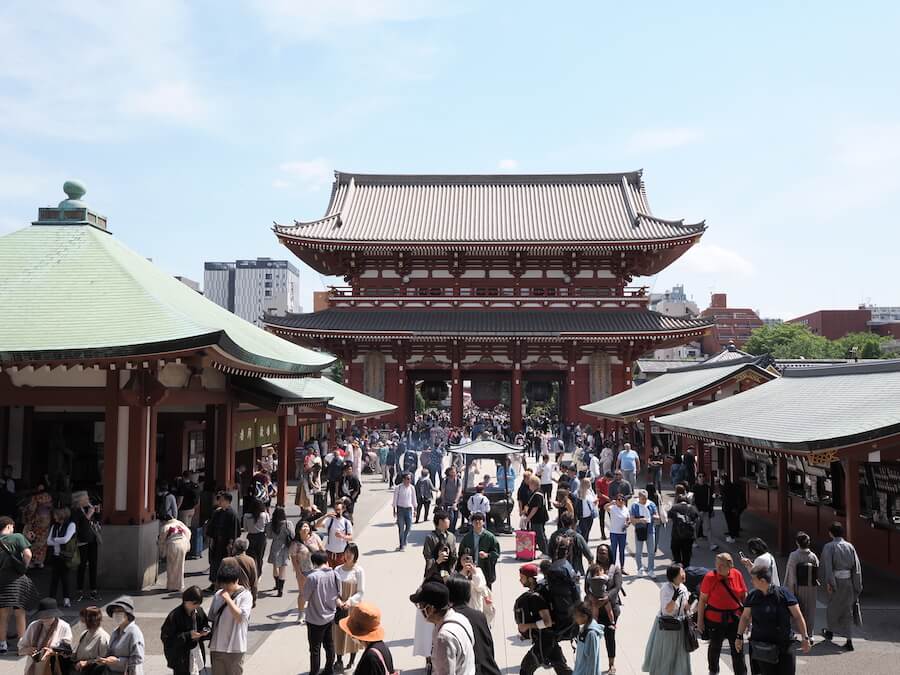
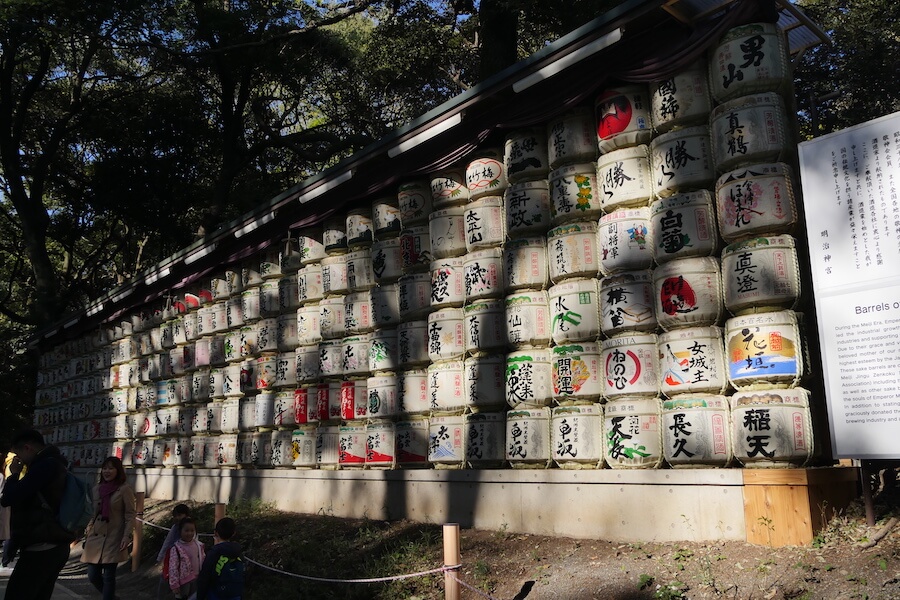
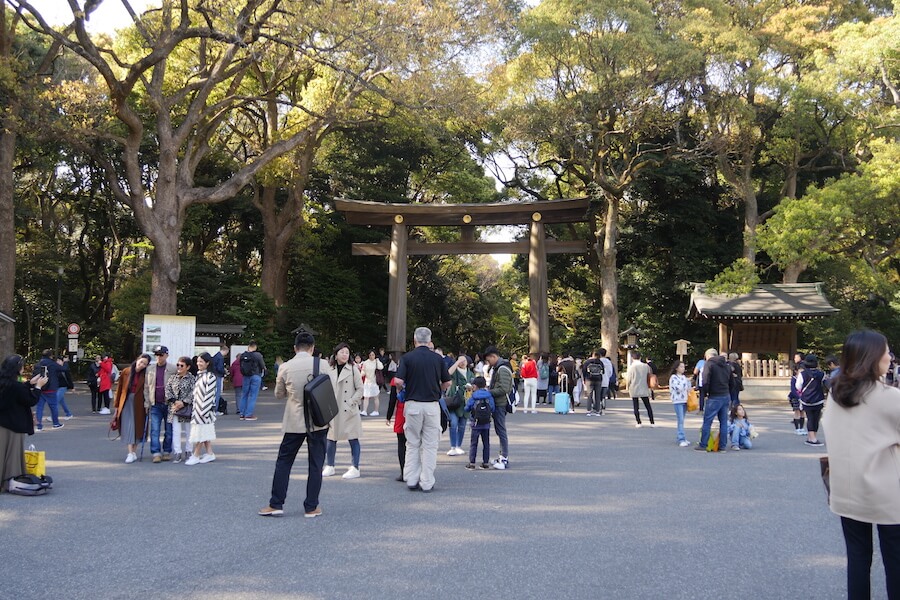



In two weeks, you've journeyed through Japan's contrasting worlds of tradition and modernity. From the bustling streets of Tokyo to the serene temples of Kyoto, the natural beauty of Hakone and Mount Fuji, and the historic significance of Hiroshima and Miyajima, you've experienced the heart of Japan. Every moment has been a discovery of the nation's diverse culture, history, and captivating landscapes. Japan's enchanting blend of ancient traditions and cutting-edge technology has left an indelible mark on your heart, promising to bring you back for more adventures in the Land of the Rising Sun.
